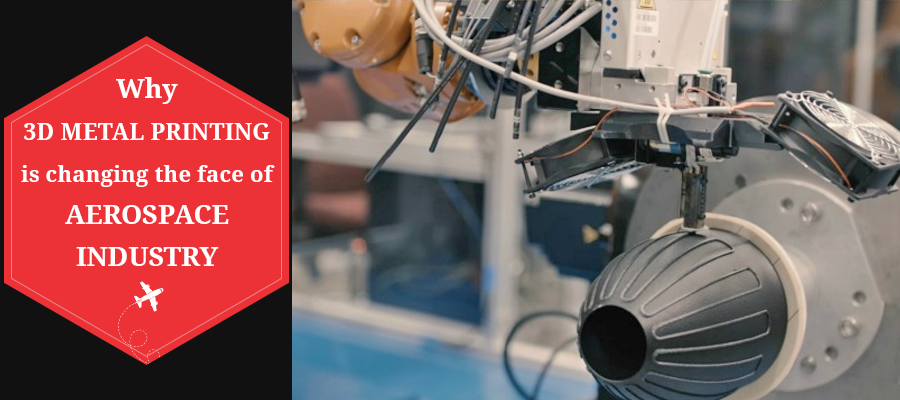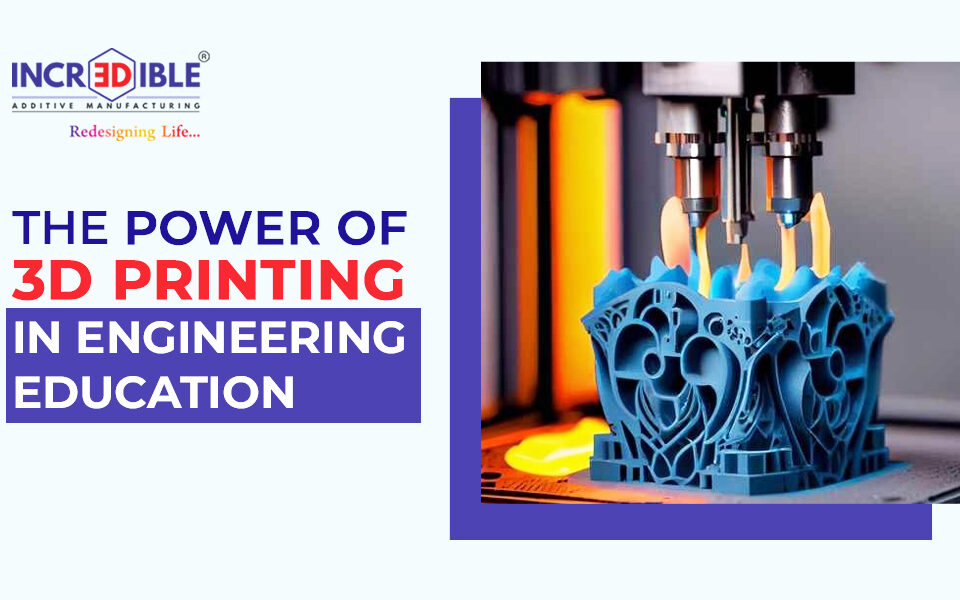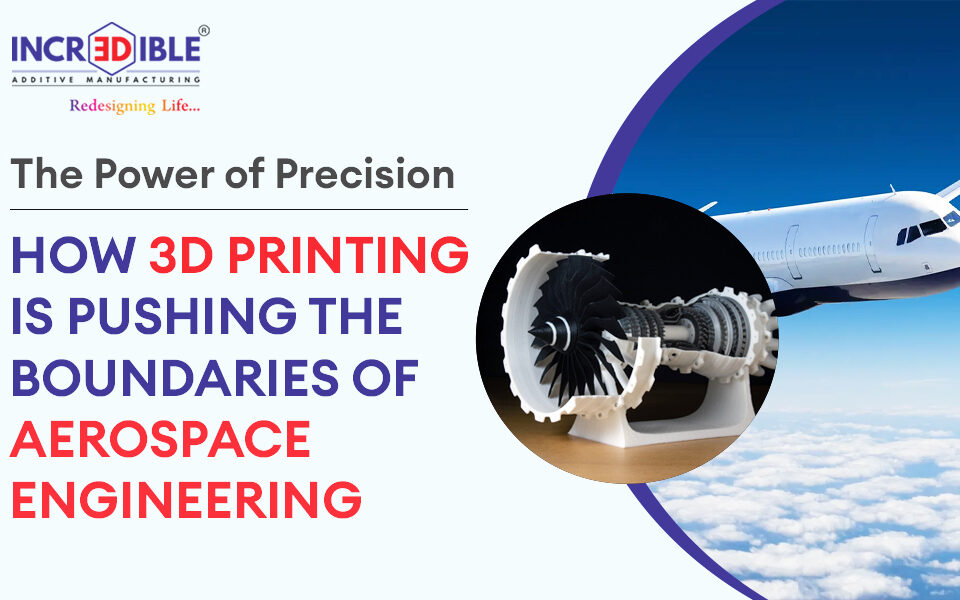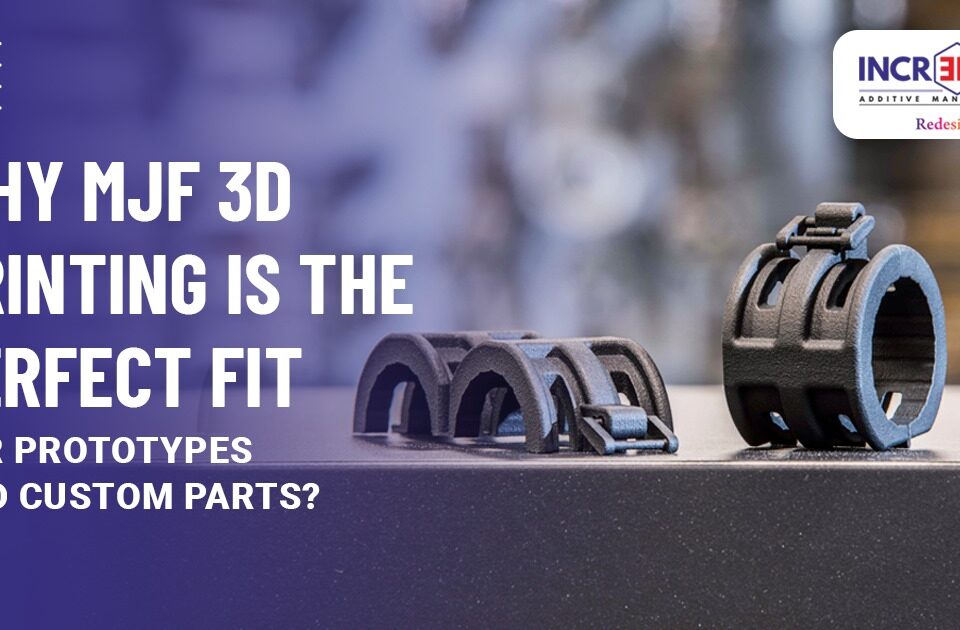Importace of Metal 3d Printing in Aerospace – 3d Incredible
Ever since the inception of additive manufacturing or 3D printing around thirty years ago, 3D printing technology has grown leaps and bounds. In recent years, 3D printing has branched out across several key industrial sectors and industrial applications. The evolving technological landscape has predominantly boosted the growth the growth of the 3D printing industry. Moreover, as awareness regarding 3D printing continued to grow, several manufacturers operating in the aerospace industry shifted their focus towards it. The benefits of additive manufacturing such as weight reduction, cost-effectiveness, etc., has certainly not gone unnoticed.
3D Incredible is one of the leading companies that are actively involved in metal additive manufacturing in India. We offer an extensive range of highly advanced and technologically updated rapid prototyping services in India. We have a state-of-the-art manufacturing facility equipped with the latest machinery and 3D printing infrastructure to produce the best 3D printed products.
The advent of 3D printing has enabled aerospace designers and manufacturers to develop complex parts at a rapid pace and in a cost-effective manner without compromising on its quality. It is important to dive in deep to understand how metal additive manufacturing is boosting the prospects of the aerospace industry.
1. Waste reduction
SOURCE- maritime-executive.comConventional manufacturing techniques such as milling lead to a large amount of waste production. However, the onset of 3D printing has offered manufacturers to carry out production at a rapid pace printing complex parts layer by layer. Hence, the materials are used efficiently reducing the overall waste generated and most importantly, energy consumption is not as high as in the case of traditional manufacturing processes.
2. Swift production
SOURCE-CompositesworldCompared to the traditional methods of manufacturing, 3D printing has the ability to produce parts at a much rapid pace. In addition, another notable benefit of 3D printing is that it can manufacture parts from a CAD design in a few hours which is incredible. The rapid manufacturing model significantly benefits OEM’s to enhance their overall output and thus, get the end-product to the market quickly. In addition, the rapid manufacturing speed saves inventory costs and thus, proves to be a cost-effective alternative.
3. Ability to produce complex parts with ease
SOURCE-infocastinc.comThe benefits of 3D printing are countless and one of the most profound advantages of 3D printing includes the ability to produce complex parts with ease and at a rapid pace. Designers can now develop highly complex designs into a single part and thereby negating the need to manufacture and assemble a number of other small parts. Moreover, 3D printing integrated with tooling fabrication enables complex individuals to create a range of complex designs. The complex designs can then be used to manufacture a customized product depending on the application.
4. Enhanced supply-chain efficiency
SOURCE-Compositesworld.comThe 3D printing technology makes a huge impact on the supply-chain efficiency. In 3D printing, as single parts can be produced rather than multiple parts that need to be assembled, the supply chain is simplified. In addition, by eliminating a few unnecessary processes in the supply chain, the cost of labor and tooling costs can be reduced.
5. Part consolidation
SOURCE- Rapid Ready Technology
3D printing has drastically assisted design engineers to develop parts or components in a simplified manner. One of the main benefits of additive manufacturing is its capability to consolidate the parts, reduce the overall weight of a part, and most importantly design complicated parts and internal geometries with ease. One of the main advantages of part consolidation is it decreases the production and design aspect of parts that are required for final assembly. Not only does part consolidation reduce the cost of manufacturing but it also improves the speed of production.
Recently, the Defense Science and Technology Agency of Singapore has decided to incorporate additive manufacturing for the maintenance of military aircraft. The DTSA made an independent agreement with industry giants Airbus and Boeing to integrate additive manufacturing in their manufacturing operations. According to DTSA, the goal is to reduce personnel requirements by taking advantage of the evolving technological processes.
Agreement with Airbus
Airbus was the first company to install a 3D printed titanium bracket on the A350 XWB aircraft. The company has expressed its desire to leverage digital technologies and identified the same as a potential area for collaborating with organizations such as DTSA. Apart from several other technological advances, 3D printing is one of the key areas Airbus is ready to invest in. Time will tell how companies such as Airbus intend to explore the possibilities of 3D printing and additive manufacturing in the future.
Agreement with Boeing
Boeing is the manufacturer that dished out the 787 Dreamliner. The aircraft became the first in the commercial aircraft category to use certified titanium parts that were additive manufactured. The agreement with DTSA will again focus on tapping on the benefits of additive manufacturing to enhance aircraft maintenance.
The onset of metal additive manufacturing or 3D printing technology has disrupted the face of conventional manufacturing. Although the initial cost of 3D printing is high, in the long run, it turns out to be an economical investment. 3D Incredible is one of the best metal additive manufacturers in India. Our team comprises of highly experienced and knowledgeable individuals who ensure all the processes are in sync. Metal 3D printing has gained a significant amount of popularity in recent years and with the ongoing research and development in the field, the trend is set to continue.




